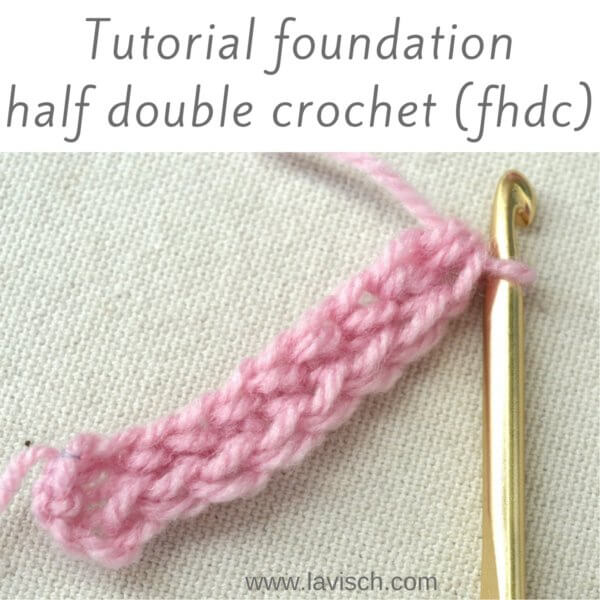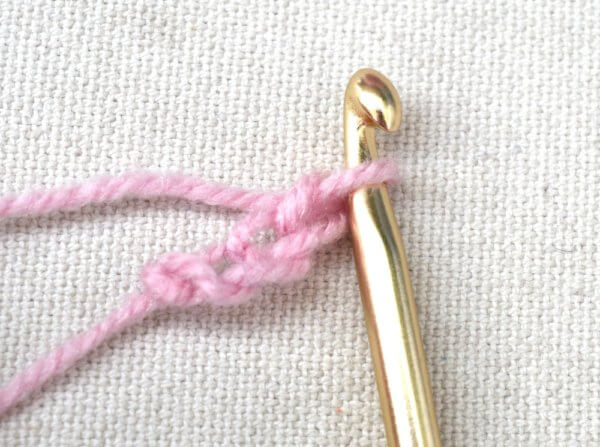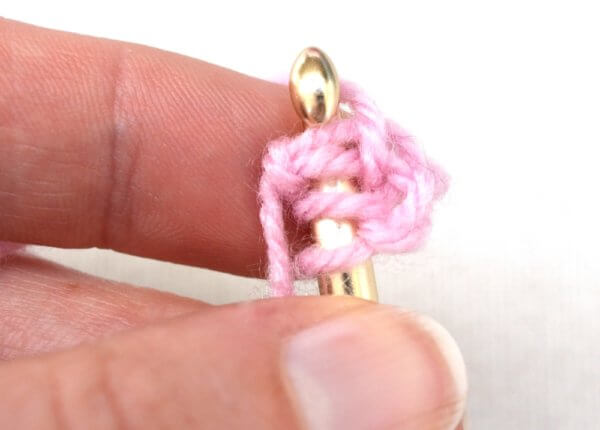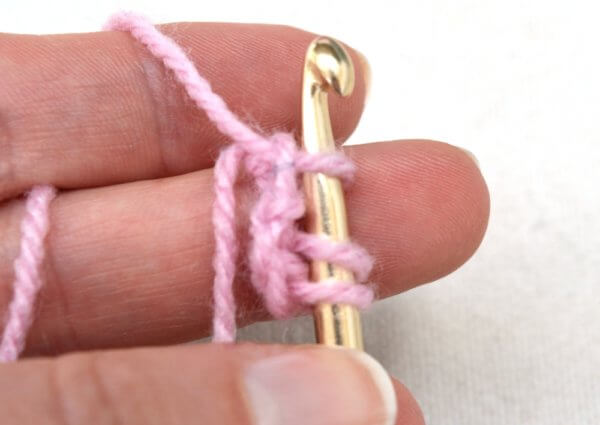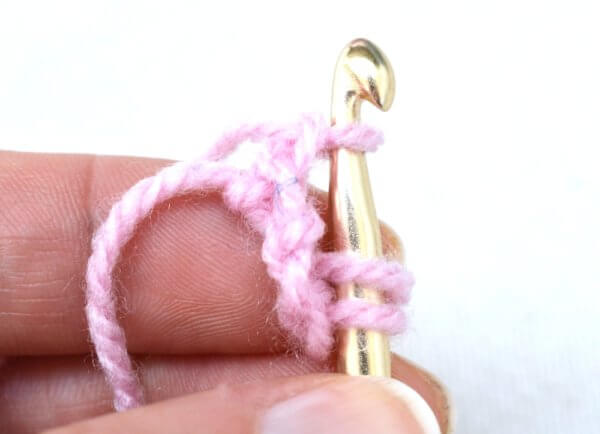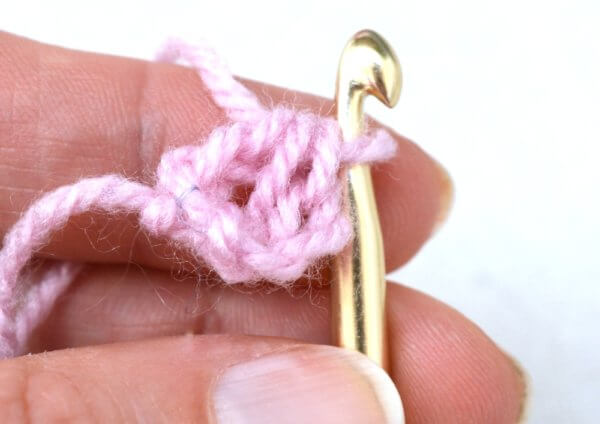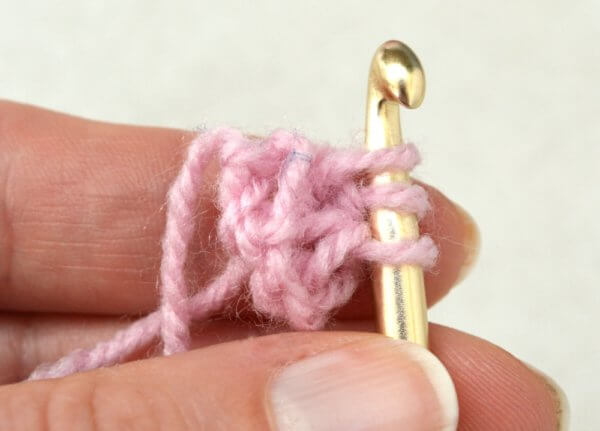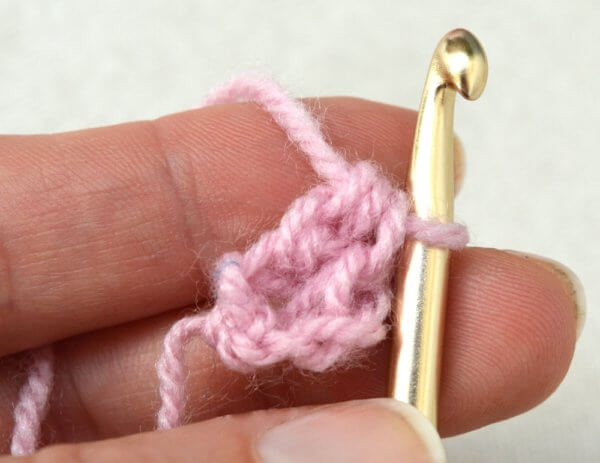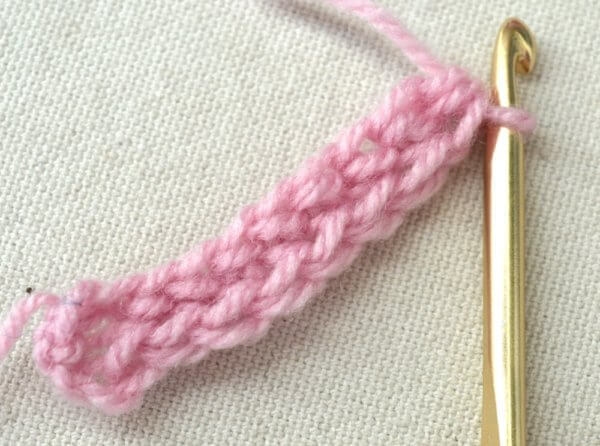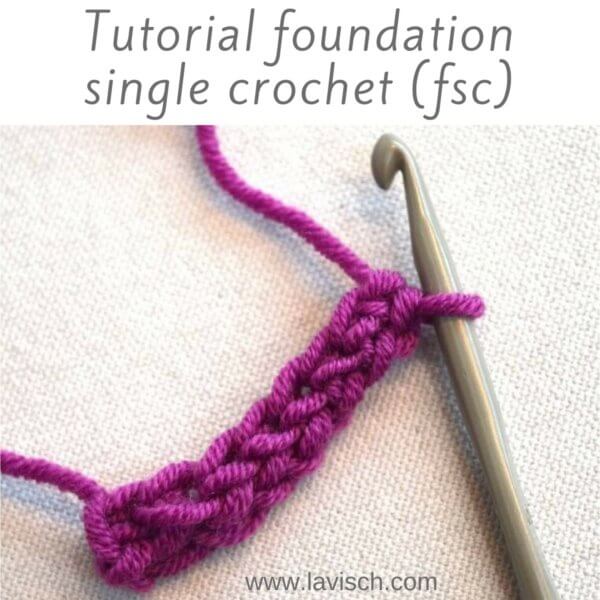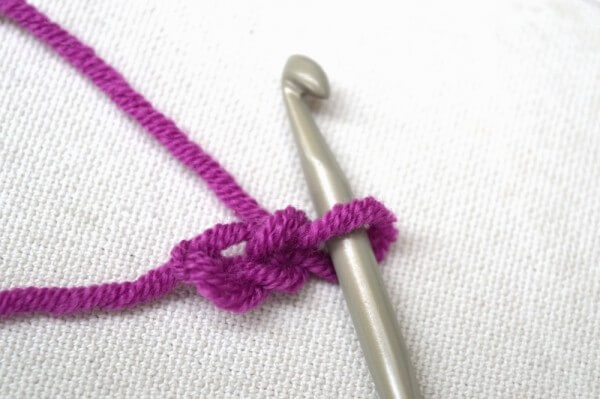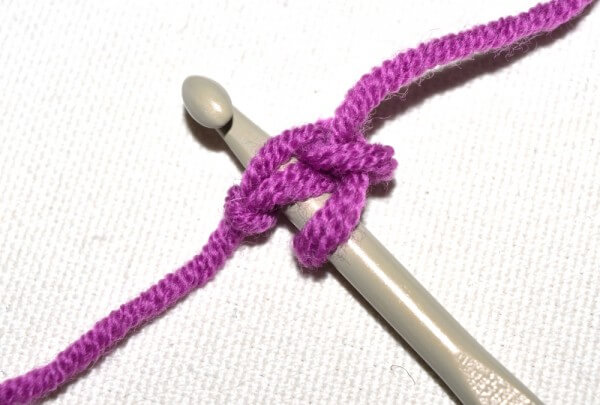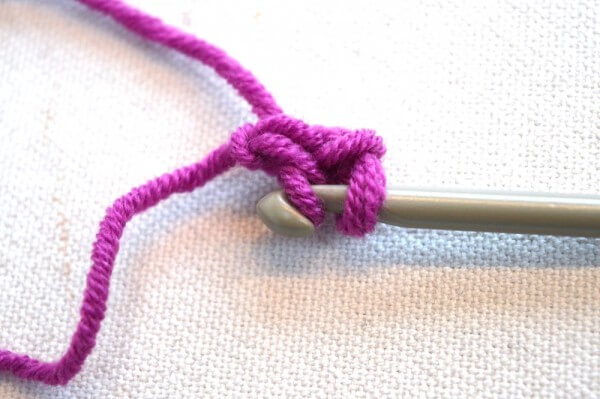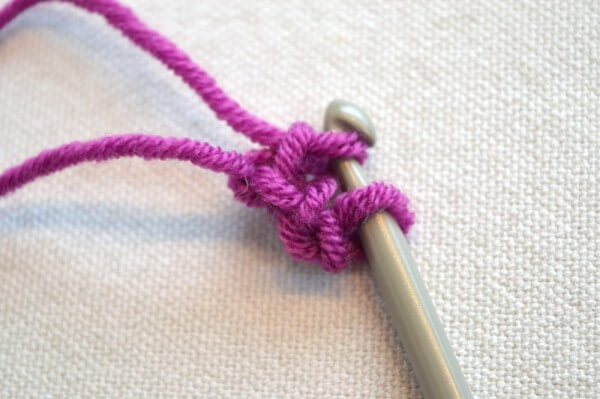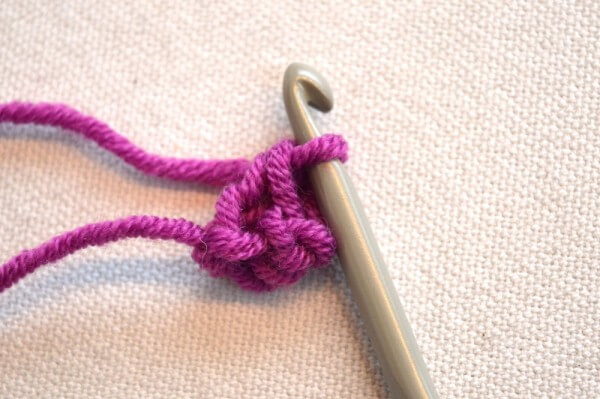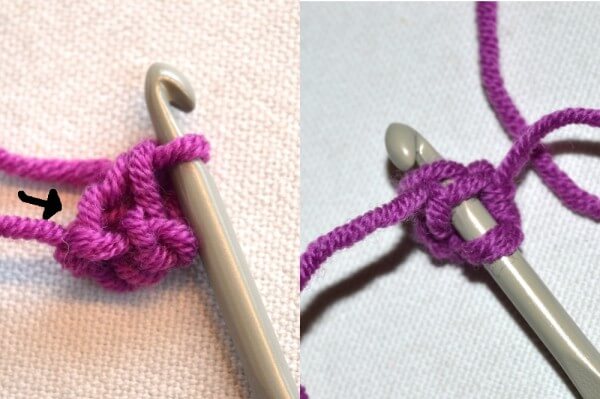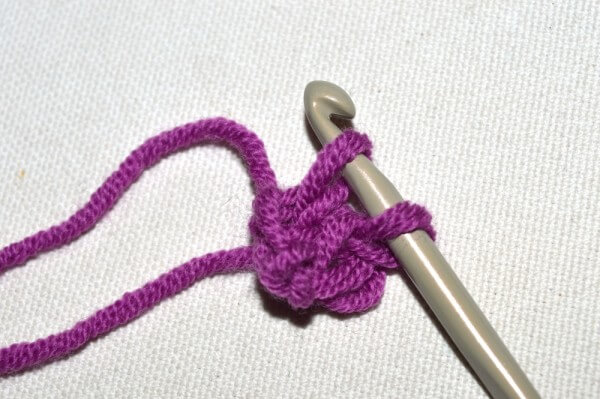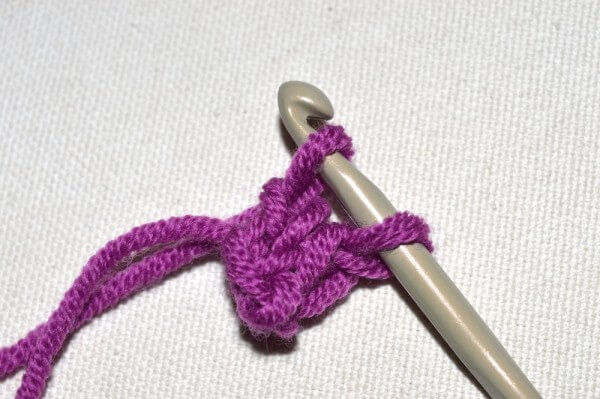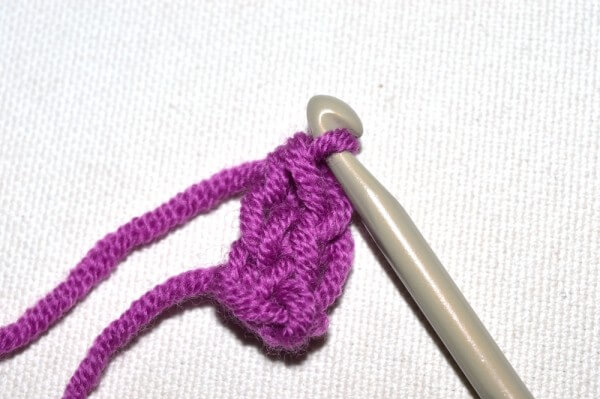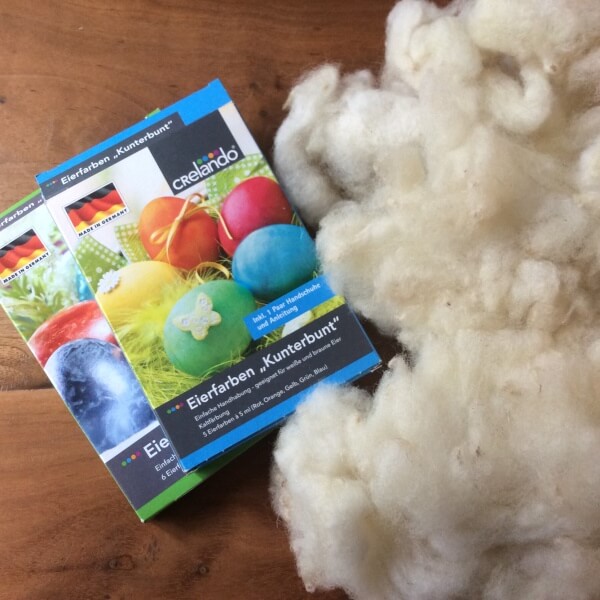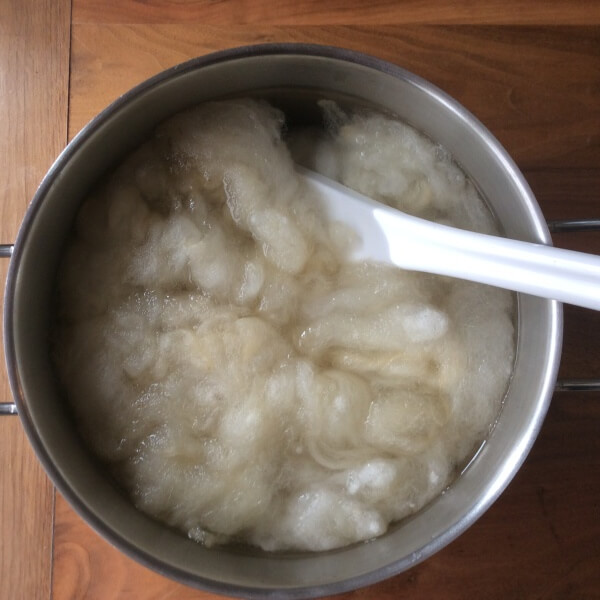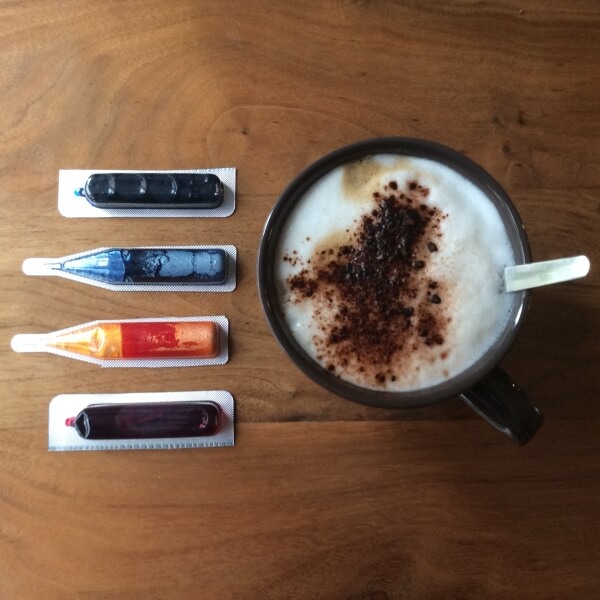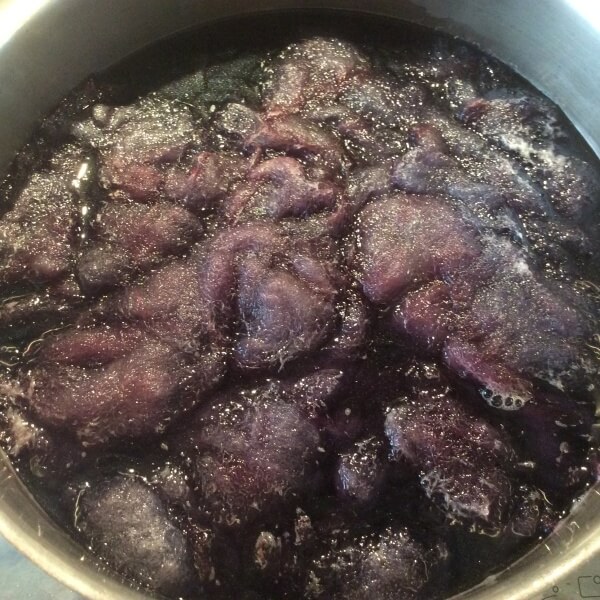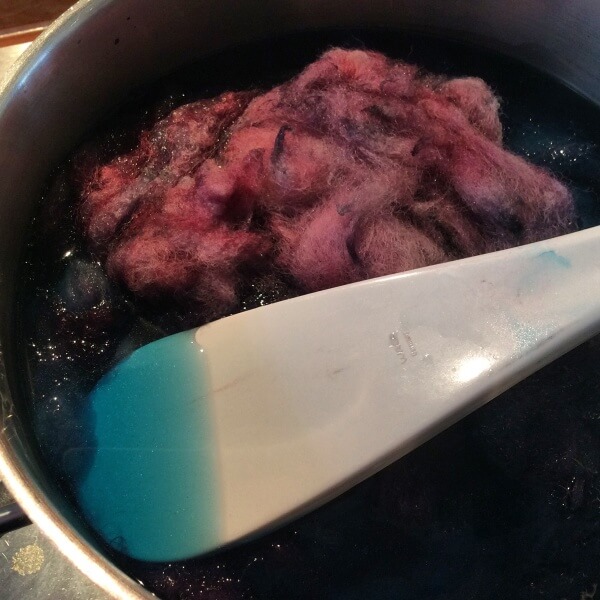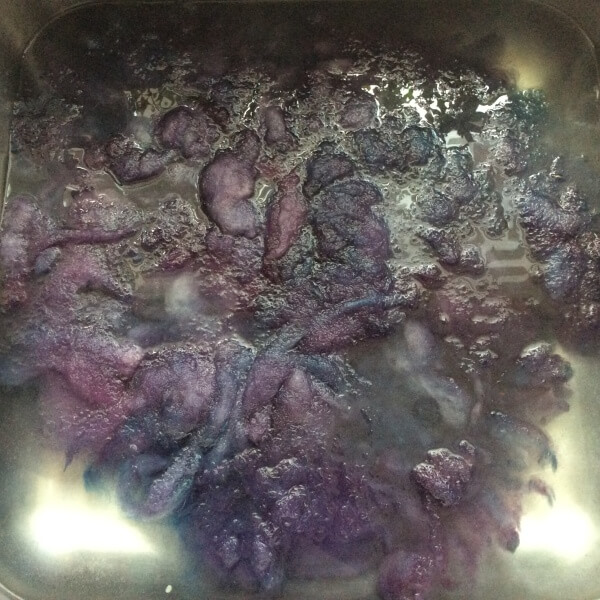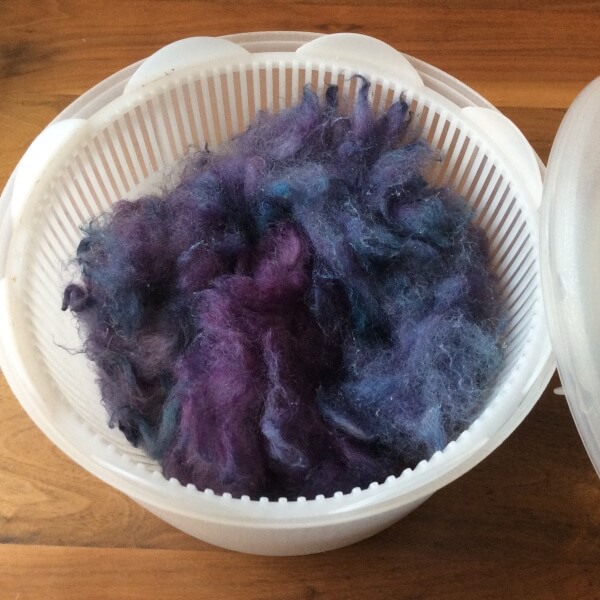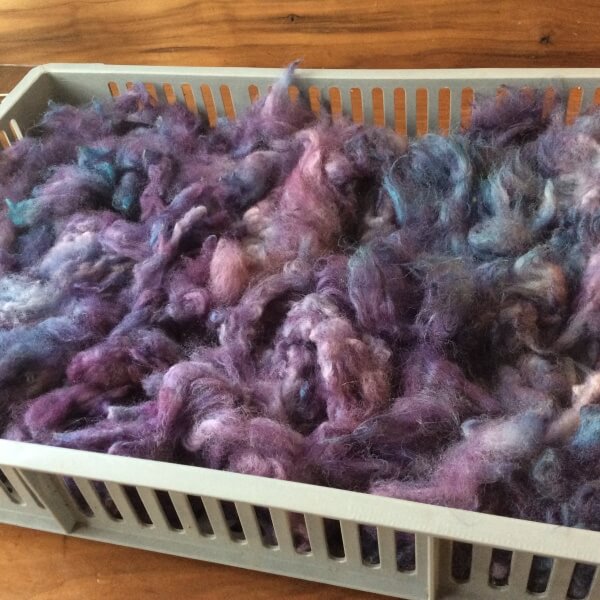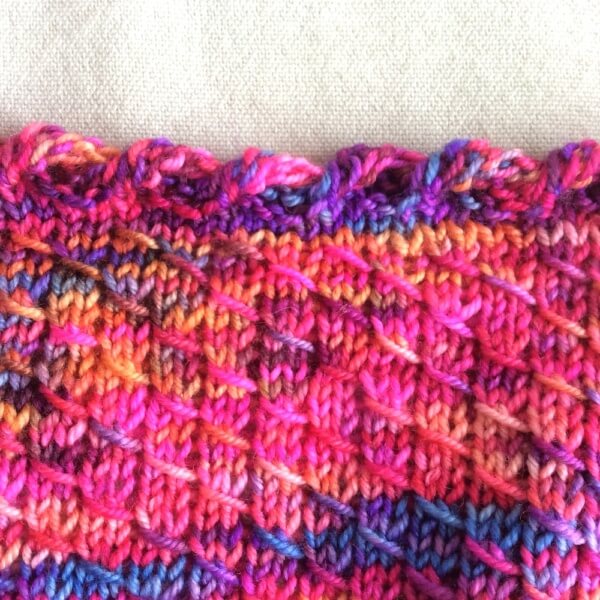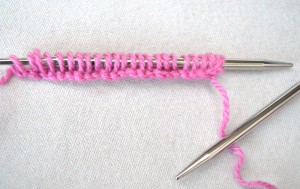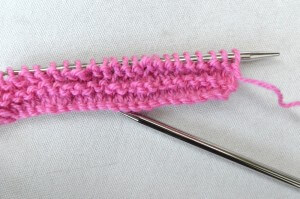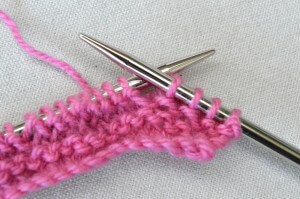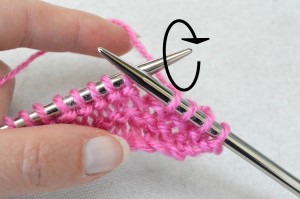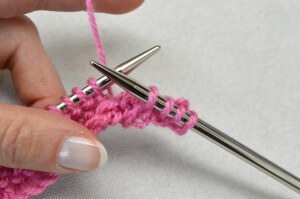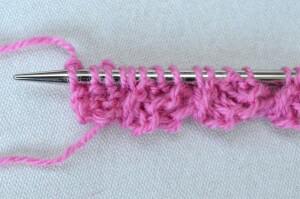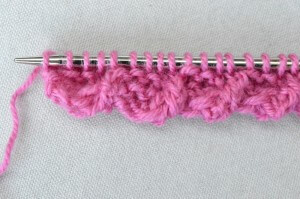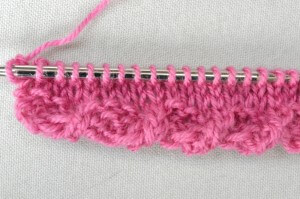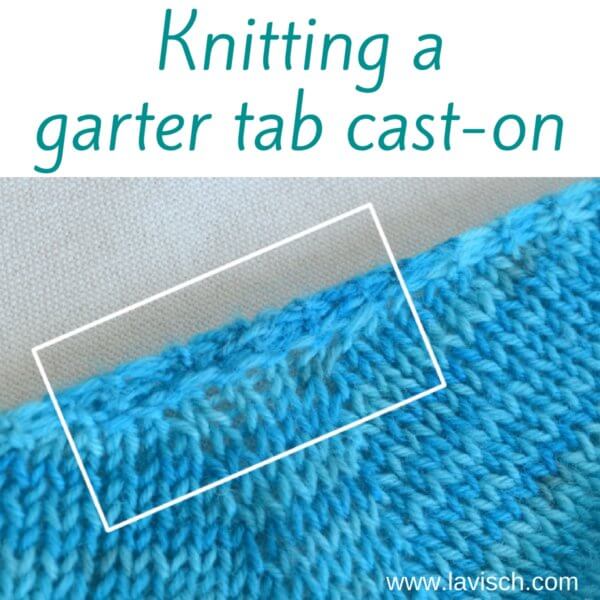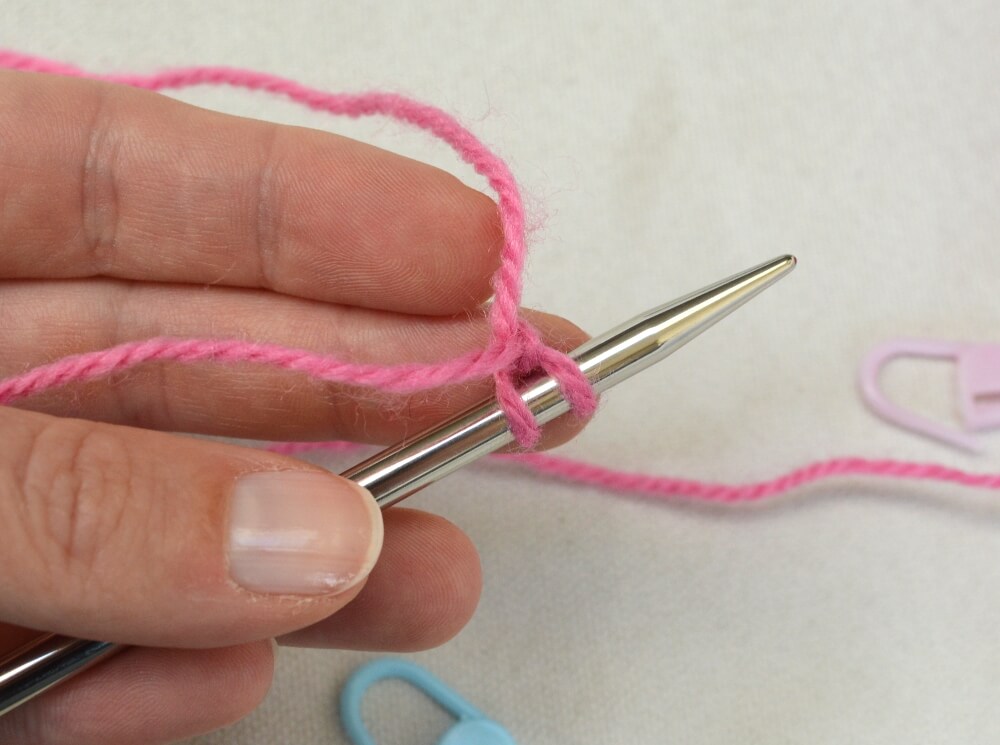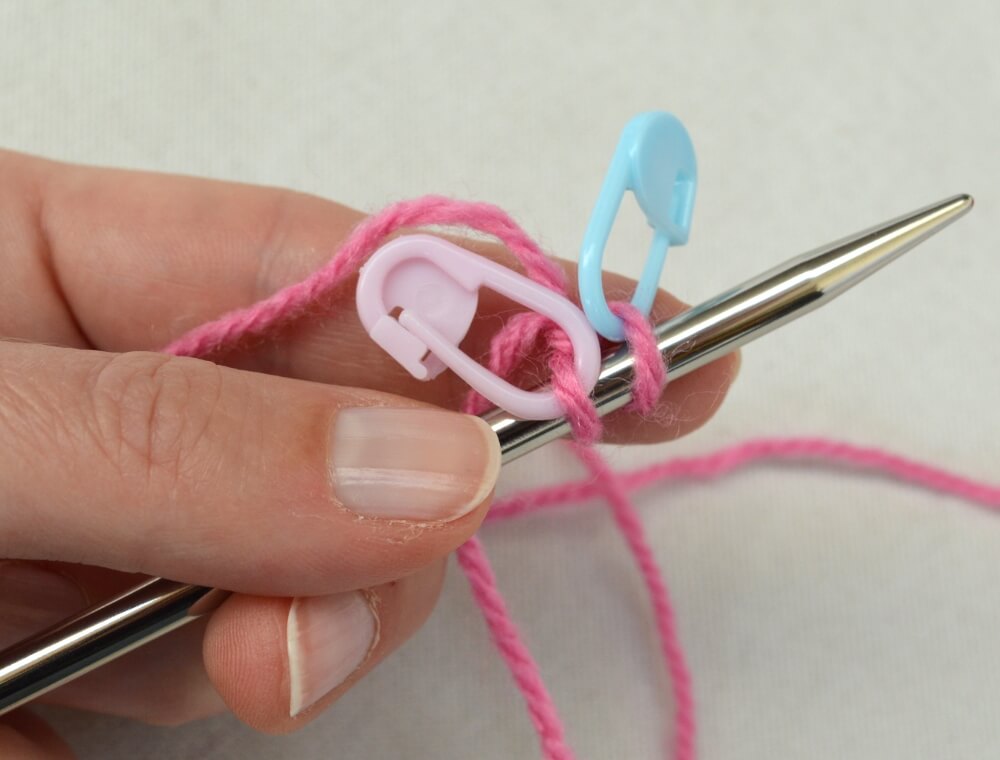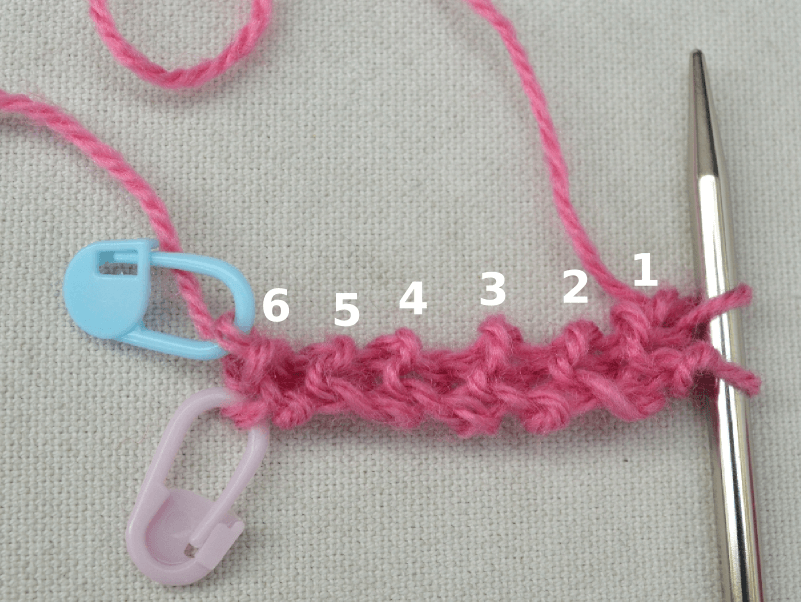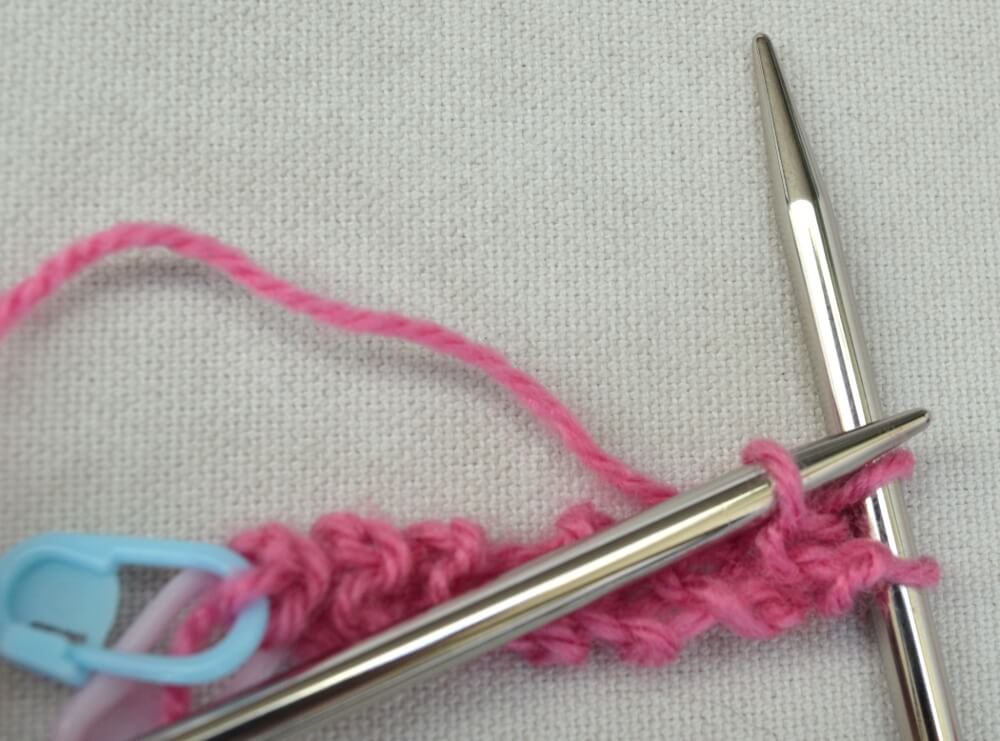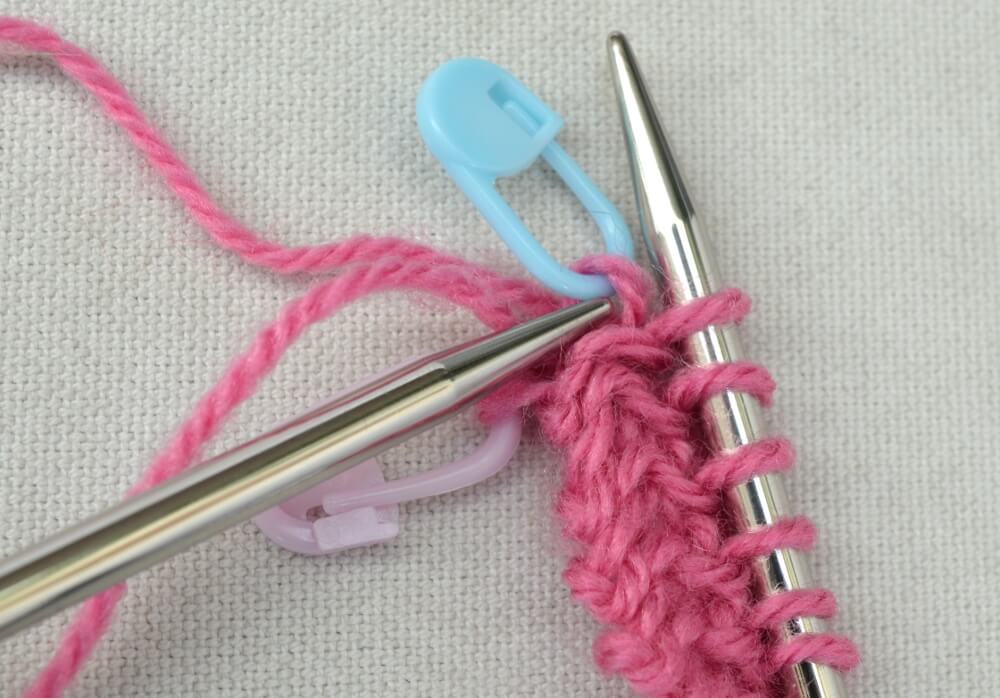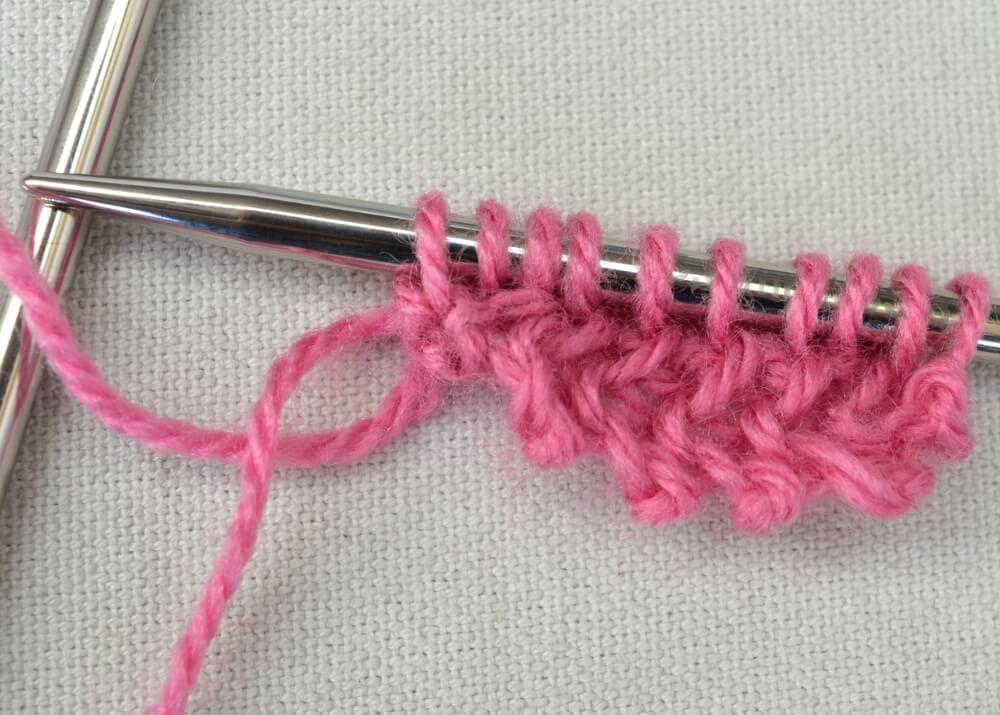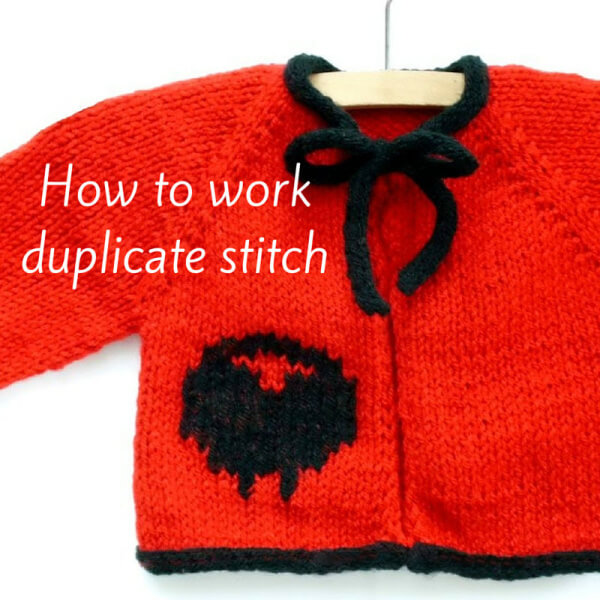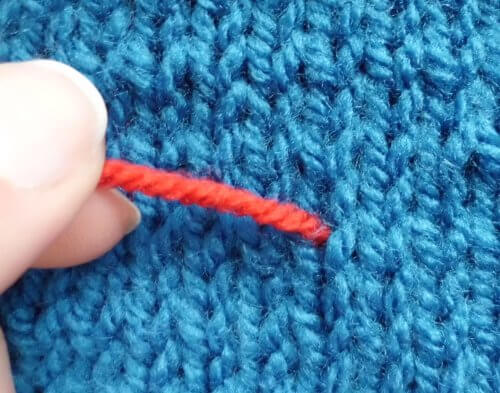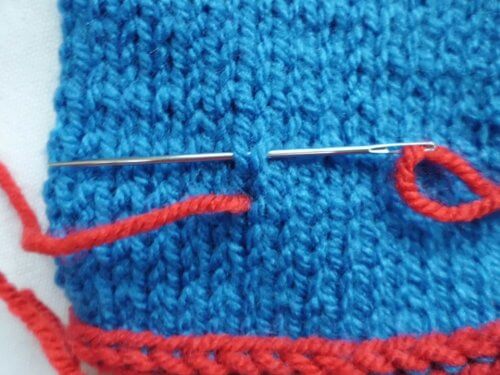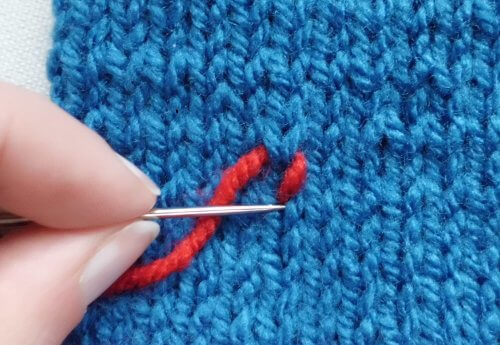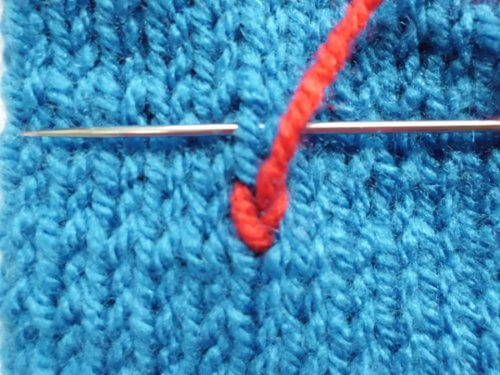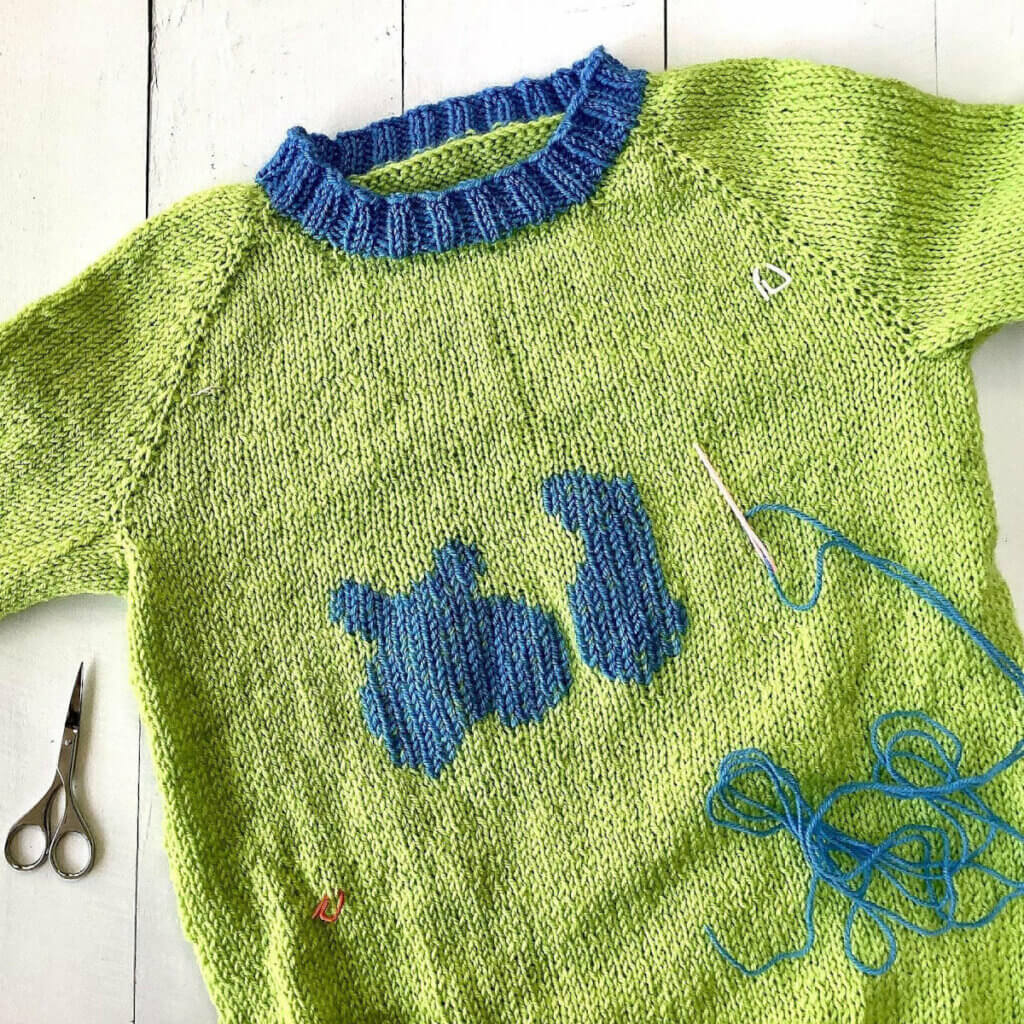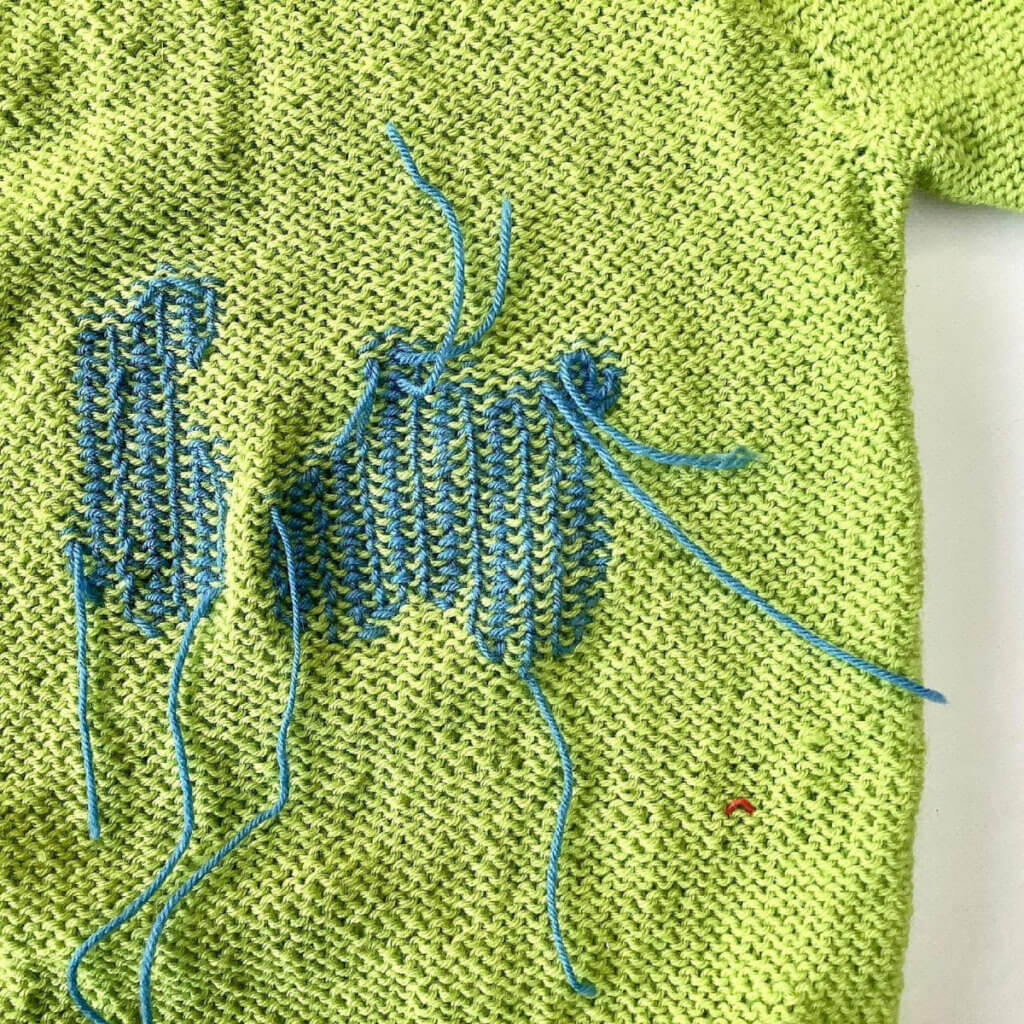from fleece to tweedy yarn
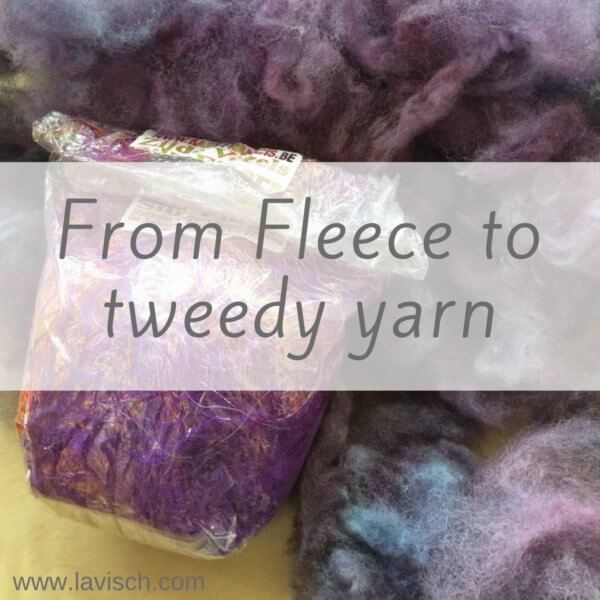
What I really love is to spin my own yarn and then design a pattern to use that yarn to its best advantage. Often I just use ready-dyed top or roving, for example from wonderful dyers like Dutch Wool Diva. Other times I start out with a raw fleece and clean and dye it myself, like I showed you in the dyeing wool tutorial. In this post, I want to show you the steps involved in making a tweedy yarn from the fiber I dyed before. The main characteristic of tweed yarn, consists of contrasting flecks of color on a solid or tonal background. In this particular yarn, I will be using sari silk threads as the contrasting component. I got mine from Bart & Francis.
Therefore, my starting materials consist of the following:
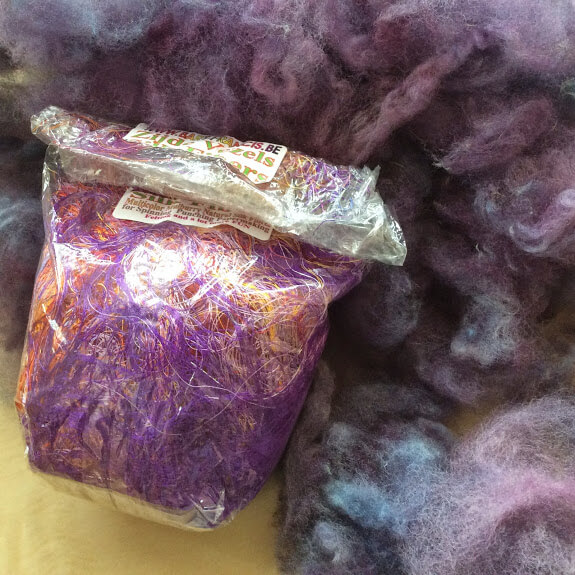
However, before the wool can be spun in threads, it has to be prepared. Because I wanted a somewhat “fluffy” yarn I carded the silk and wool together in fluffy batts, using my drum carder:
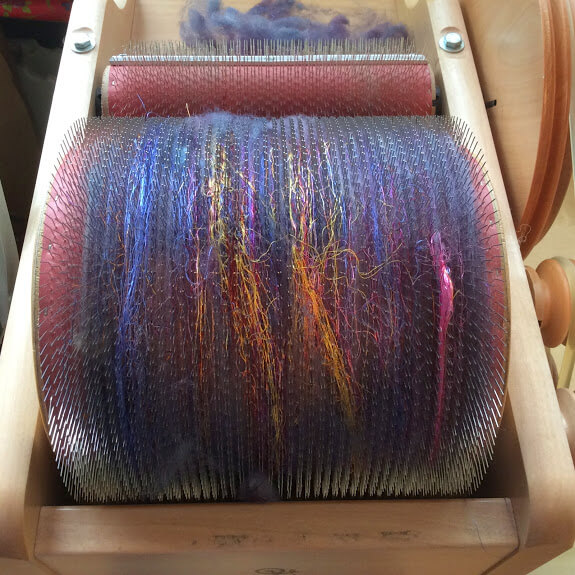
I alternated layers of wool and silk, starting and ending with wool. After this first pass, I removed the batt from the drum, tore it into strips and put it through the carder again to blend it better. The end result, three lovely fluffy purple batts, streaked with colorful silk:
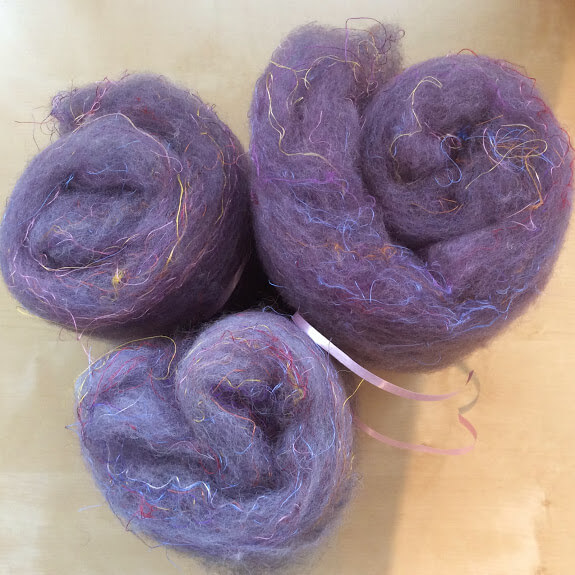
Spinning
And then it was time to spin! I spun this yarn as a fat 2-ply on my vintage double drive spinning wheel. I didn’t mind some unevenness, because plying multiple singles together evens out a lot of irregularities. Besides, I really don’t mind a hand spun yarn being a tad rustic. Here’s a progress shot of spinning the singles:
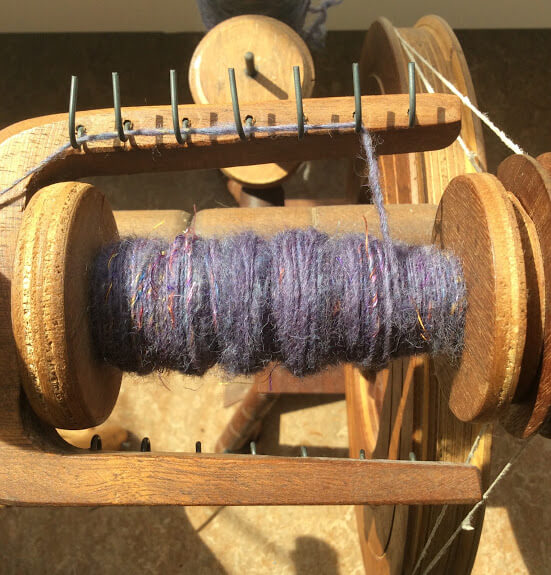
And both bobbins full of singles, you can see the singles are somewhat thick-‘n-thin:
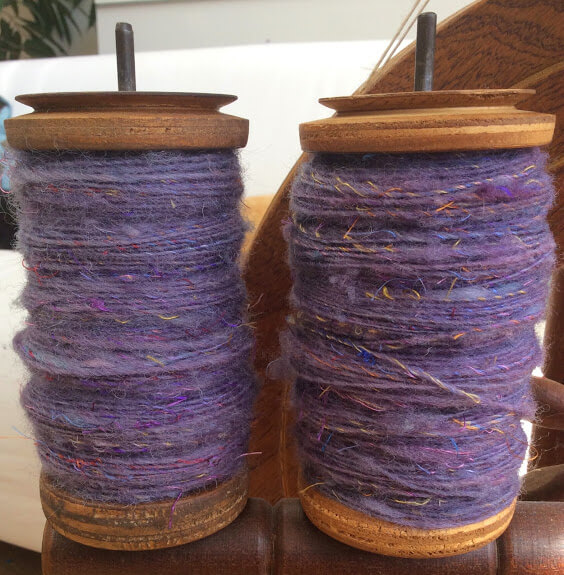
After plying both singles together, I had a wonderful aran weight 2 ply yarn, exactly as I envisioned it! I finished the yarn by giving it a wash to set the twist and snap the skein a bit to distribute the twist better. And there you have it: 189 m / 125 g of hand spun goodness, in this picture drying in the sun:
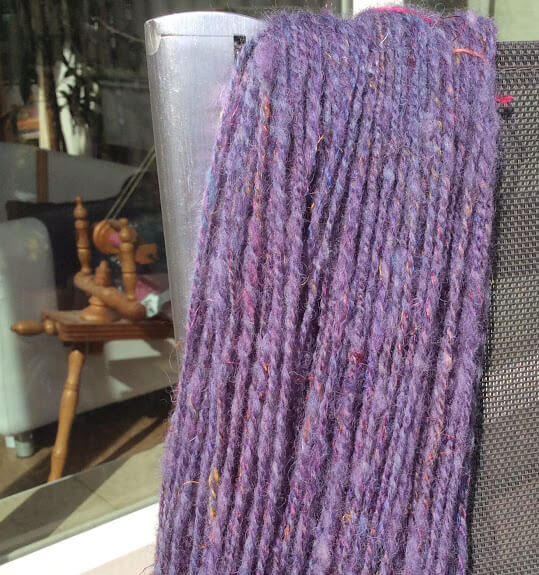
And of course the resulting and skeined up yarn! Truly from fleece to tweedy yarn, I used it in a cowl.
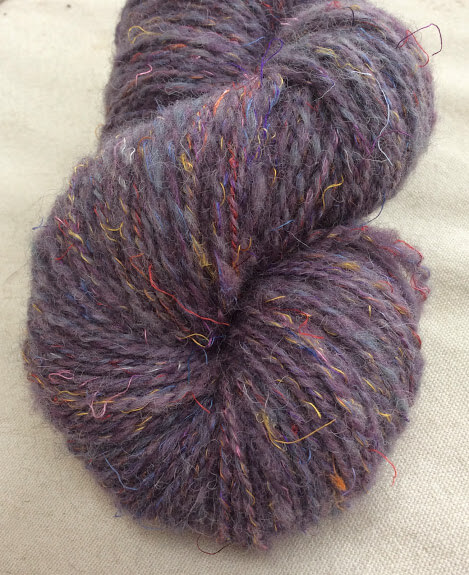
from fleece to tweedy yarn Read More »

